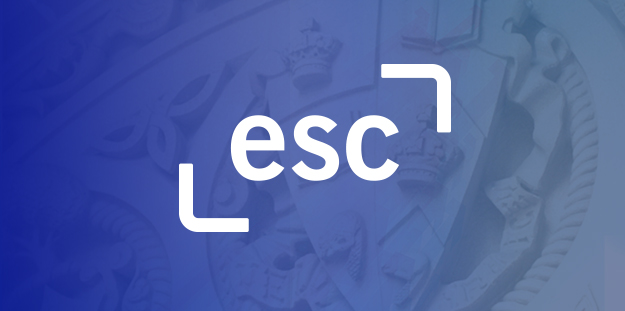September 17 was the big day – when U of T launched the IT Service Centre as part of the Enterprise Service Centre (ESC). The IT Service Centre is projected to streamline, track and respond to over 38,000 annual IT inquiries.
Before the launch, users would submit help requests through email, phone calls, other web applications and even paper-based processes. The ESC currently allows users to access ITS support from the Joint Operations Group (JOG); Planning, Governance, Assessment, and Communications (PGAC); and Enterprise Applications and Solutions Integration (EASI). Soon, the ESC will provide a single service desk platform for all IT requests and is available to anyone with a UTORid.
In order to ensure an effective launch process, the ESC development team informally activated the system three weeks prior to the official launch date.
“This period, that we call ‘soft launch,’ allowed us to do our due diligence where we were able to iron things out and publish a number of updates,” says Gary Raposo, manager of enterprise shared services with Enterprise Applications and Solutions Integration. “On September 17, we were impressed by the amount of people logging into the system to check it out and submit tickets, and overall the user experience was smooth.”
On the first day, users logged over 130 help requests and currently users are submitting an average of 100 tickets per day. Users are also increasingly using request forms to gain access to or help with systems, including ROSI, SharePoint and the Administrative Management Systems.
“It’s been busy but very satisfying!” says Jessica Viau, a member of the ESC development team. “When we log into the system, everything is organized and we can easily track tasks and see trends. As we have an opportunity to work in the system, we can also provide better support in the future.”
The ESC development team worked closely with SuMO IT Solutions Inc. as an implementation partner for ServiceNow, which is the platform for the ESC.
“SuMO was a great implementation partner. It took a lot of teamwork and we really learned a lot about how to optimize the system,” says Raposo. “It was a collaborative effort and while it enabled us to launch ESC initially, it has also given us the tools that we need for our development team to continue to enhance ESC in the future.”
Another factor leading to a successful onboarding process was training and change management.
“Our approach was to use the ServiceNow platform as much as possible to deliver training and now all of the material covered is in the ESC for reference,” says Viau, who was also a training lead. “I’ve had feedback from fulfillers that they like our instructional handouts because they can see how to perform tasks at a glance.”
In the future, key users will continue to add knowledge articles, allowing users to search for information and find answers before submitting a ticket.
“We’d like to prove the correlation between the increase in the number of knowledge articles and a decrease in the number incidents submitted,” says Raposo. “Users can rate the articles, allowing the team to see which ones are performing well and those that may need to be modified. We can also see what terms people are searching for – if we constantly see a particular search item, we can publish a knowledge article about it that includes things like tips and tricks. Analytics will play a big part in how we deliver service. We’re just starting to scratch the surface.”
Next steps for the ESC team include a continuous development approach to streamline current content and processes. In parallel with that, the next big effort will be to onboard more services so that in the future users will go to the ESC to submit a ticket for any IT request. In a broader sense, the ESC will also help the University process over 40,000 annual Human Resources service requests.
“Our overall goal is to provide a modern interface for U of T staff to submit all of their requests in a quick and easy way,” says Raposo. “So far, we know that users like the transparency the system provides, including being able to see their tickets and communicate with fulfillers directly. I see ESC evolving across more departments, faculties, and divisions to provide a truly consistent experience across the University.”
Thank you to the ESC Development Team: Amy Luu, Cris Diaconu, and Jessica Viau.
The team would like to thank all those who helped to make this project a success, including the following people who participated in requirements gathering and core testing:
Brenda Bannis
Rodney Branch
Magdalene Cheung
Melvin Chien
Paul Day
Tony Di Felice
Gerry Lindo
Percy Lo
Pascal Loucadellis
Nia McCash
Heather Postill
Jason Quay
Zac Ryan
Randy Samsoondar
Joanne Sukhai
Sujee Thangarajah
Pari Tsoukalas
Vicki Vokas
Ni (Nisie) Yep

